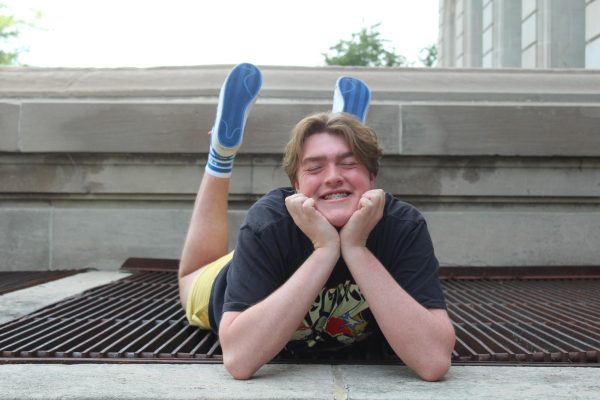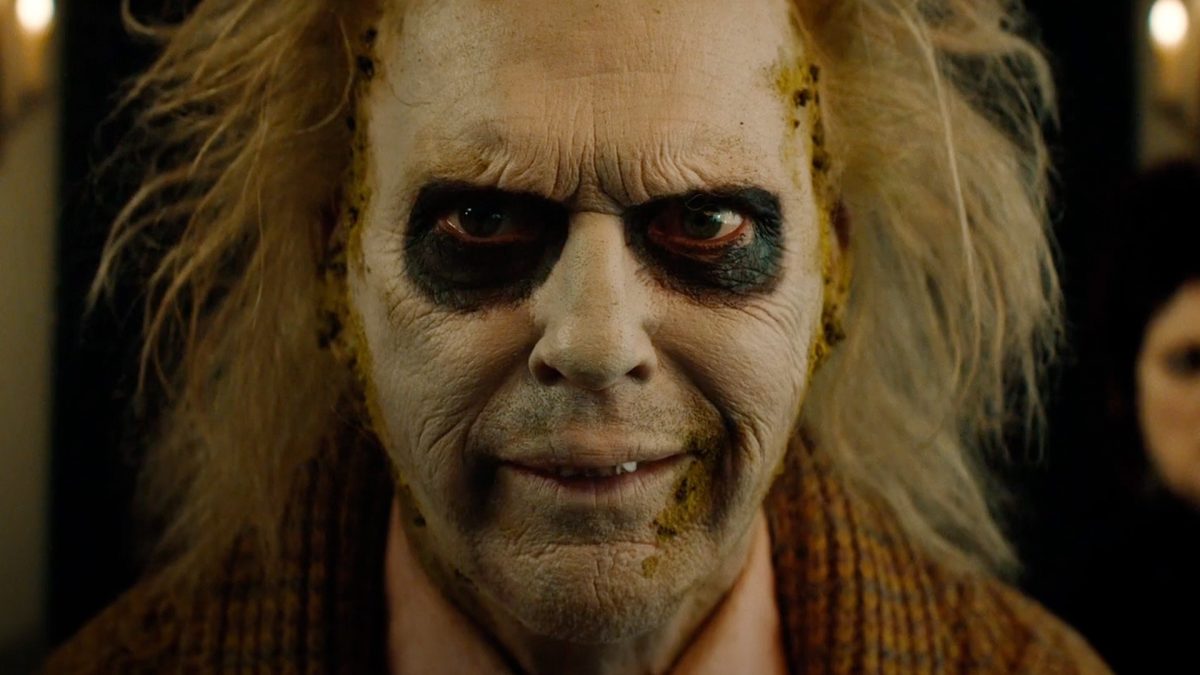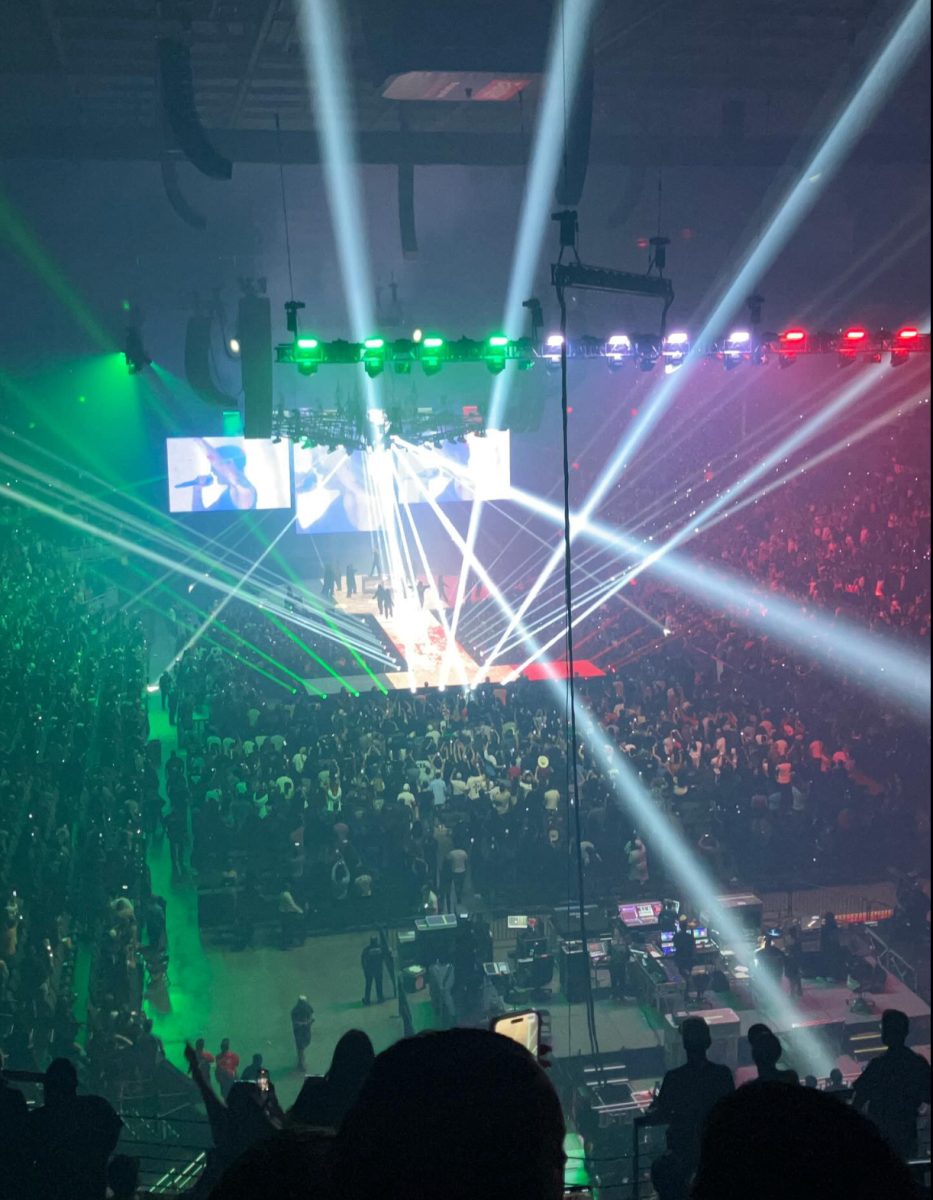Rittenhouse acquitted; skin color helped his outcome
Kyle Rittenhouse, who fatally shot two people and injured one more during protests in Kenosha, Wisconsin last summer, was acquitted of all charges after a deliberation that took over 25 hours. Although Rittenhouse walked away from the case acquitted, the outcome would have been different if he were not white.
Rittenhouse, a 17-year-old at the time of the shooting, from Antioch, Illinois, traveled to Kenosha on Aug. 24 to stay with a friend of his. On the day of the 25th, the day of the protests, both Rittenhouse and his friend attended the protest, which started out peacefully, each carrying an AR-15 rifle with them. According to Wisconsin law, it is illegal for anyone under the age of 18 to purchase, possess or be armed with a rifle of this type. This charge, a misdemeanor, was dismissed along with another misdemeanor for breaking curfew, because of “errors by prosecutors,” according to an article from The Atlantic.
Minutes before the shooting, Rittenhouse was recorded greeting police officers where they offered him bottles of water. Later in the night, Rittenhouse shot three people, killing Joseph Rosenbaum and Anthony Huber, and injuring Gaige Grosskreutz. Shortly after the shooting, Rittenhouse was able to drive home without any contact whatsoever with authorities and only turned himself in after his mother persuaded him to. After over a day of deliberation, the jury decided that Rittenhouse should be acquitted on all charges. A black American would not have been given any of these outcomes and the argument could be made that if Kyle Rittenhouse wasn’t white, he wouldn’t have walked away from the protest alive.
Tamir Rice was a 12-year-old child from Cleveland. He had taken a replica airsoft revolver to the park to play with in the snow. This airsoft gun, which fired plastic pellets and posed no threat to anyone, was taken for a real gun by the police. Rice had taken a seat in a gazebo, and with the gun tucked away, stood up and walked to the edge of said gazebo. He was then shot by a police officer. An officer in the car called for assistance over the radio “Black male, maybe 20, black revolver, black handgun by him. Send E.M.S. this way, and a roadblock.” Rice was not a 20-year-old adult like the call stated. He was a 12-year-old preteen. According to the New York Times, “multiple layers in Cleveland’s 911 system, crucial information from the initial call about ‘a guy in here with a pistol’ was never relayed to the responding police officers, including the caller’s caveats that the gun was ‘probably fake’ and that the wielder was ‘probably a juvenile.’”There is no reason anyone should be shot by police without them trying to deescalate the situation, let alone a child with a toy gun. This prompts the question, what would the outcome of the situation have been if Rittenhouse was black? Would the police officers have been as cooperating and respectful before the shooting? Would he have been able to go home without being arrested after the shooting? Would he still be alive, or would the police have shot him?
Secondly, Rittenhouse’s whiteness benefitted him during the protest because the second amendment disproportionately favors white Americans. Although it is impossible to prove that Rittenhouse would have had a different outcome if he weren’t white, there is substantial evidence showing that black men, especially those carrying weapons, legally or illegally, are shot and killed by police at a higher rate than white men in the same situations. An article from Raw Story also shows 8 scenarios where white men pointed guns at cops and walked away from the situation without being killed, showing that skin color does determine how cops react to certain situations.
Even the fact that Rittenhouse went to the protest with a rifle with him would have been reconsidered if he were black. If he was not arrested or shot because of it, there would still be no way that Rittenhouse would have been able to walk right past the police with a rifle on his back and not be questioned if he were black. They would not have offered him water, and he would not have been afforded the freedom to drive home safely after the protest. He wouldn’t have been treated the same way by police once in custody, and he wouldn’t have received a not guilty verdict.
Rittenhouse would also have a completely different reaction from the public if he were not white. Trayvon Martin, who was murdered February 26, 2012, walking home from a convenience store with a bag of skittles, received no justice whatsoever. The person who shot him, George Zimmerman, was found not guilty and was acquitted because there was nothing to refute Zimmerman’s claims of self-defense. Martin’s death was used as a talking point by both conservatives and liberals, especially in the media. According to the Pew Research Center in 2012, “Conservative talkers paid the most attention to questions about who Martin is and to the defense of the man who pulled the trigger, George Zimmerman. Liberal hosts focused primarily on gun control and the Florida law,” and that “On cable and talk radio, suspicion of Trayvon Martin was virtually equal to doubts about George Zimmerman.” The spinning of this tragic occurrence into a political playing card is not an uncommon occurrence. Many conservative TV show hosts and radio hosts tried to almost excuse Zimmerman’s actions by pushing the narrative that Martin was a bad kid. The same thing happened with Kyle Rittenhouse, except in a completely opposite fashion. Rittenhouse is now hailed by many conservatives as a hero, even being offered congressional internships by multiple congresspeople, including Florida Representative Matt Gaetz and North Carolina Representative Madison Cawthorn. Both of these children, Martin and Rittenhouse, were 17 at the time of their respective situations.
This is not a problem with just policing or just the justice system, but our country was built on systemically racist systems as a whole. According to a study from Harvard, black Americans are 3.23 times more likely than white Americans to be shot by police. PNAS states that “Risk is highest for black men, who (at current levels of risk) face about a 1 in 1,000 chance of being killed by police over the life course,” and that “For young men of color, police use of force is among the leading causes of death.” If a person of color makes it to the trial, they are much more likely to be incarcerated and, in many cases, wrongly incarcerated. The NAACP says that “One out of every three Black boys born today can expect to be sentenced to prison, compared 1 out 6 Latino boys; one out of 17 white boys,” and that as of October 2016, of the 1900 exonerations of the wrongfully accused, 47% of those exonerated for wrongful accusations were African American.
Systemic racism is a problem that is still alive and well in the United States. There are many disparities in how people of color are treated by our government, specifically the justice system, compared to white people. The justice system kills black Americans at higher rates than white people, over-criminalizes black people and black neighborhoods and is complacent with many more practices in our country that add on to systemic racism. Specifically, the acquittal of Kyle Rittenhouse brought many of these issues to light. His experiences would have been completely different if it wasn’t for the fact that he was white, and he may not have even been alive to face a trial. To close, America is a country that was founded on racist systems, and as a country the United States must find a way to level the playing field for all.
Your donation will support the student journalists of Omaha Central High School. Your contribution will allow us to purchase equipment and cover our annual website hosting costs.

Hi! My name is Charlie (he/him), and I'm a senior. This is my fourth (and final </3) year on staff, and I’m the Co-Editor-in-Chief. I was voted most...












